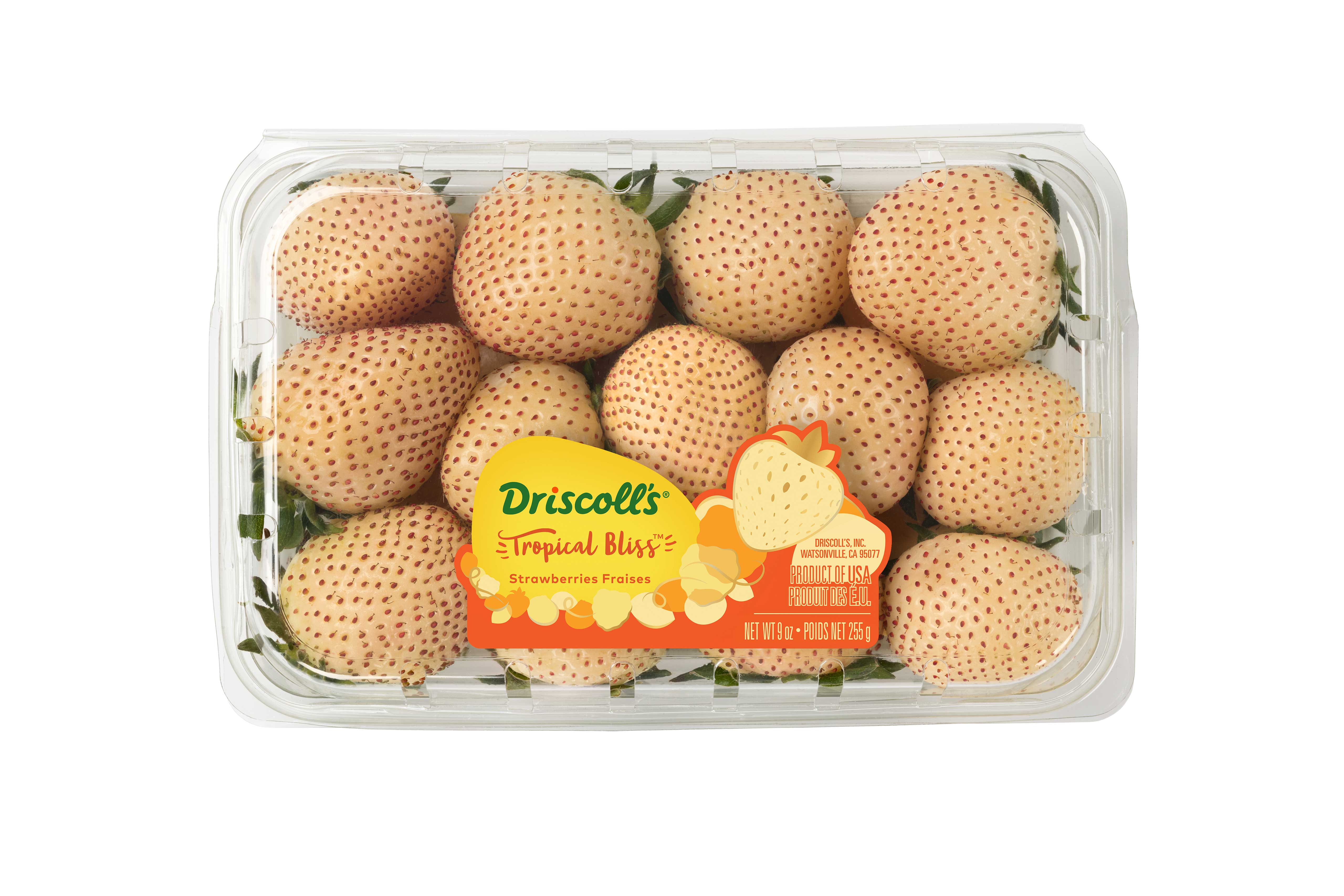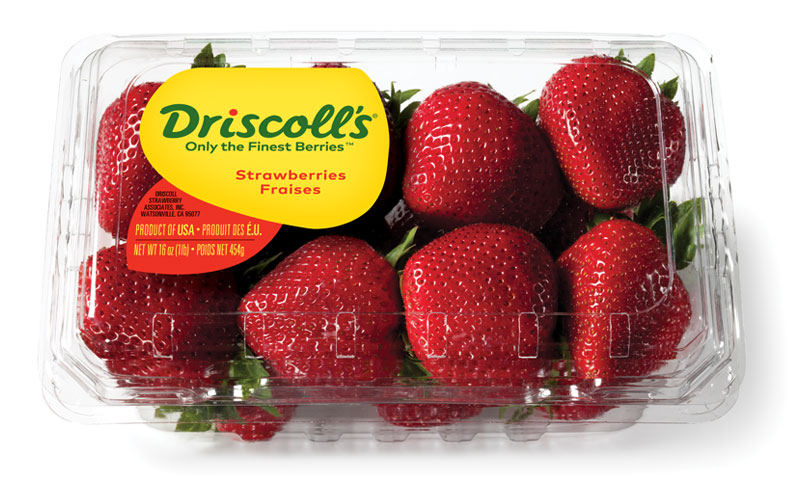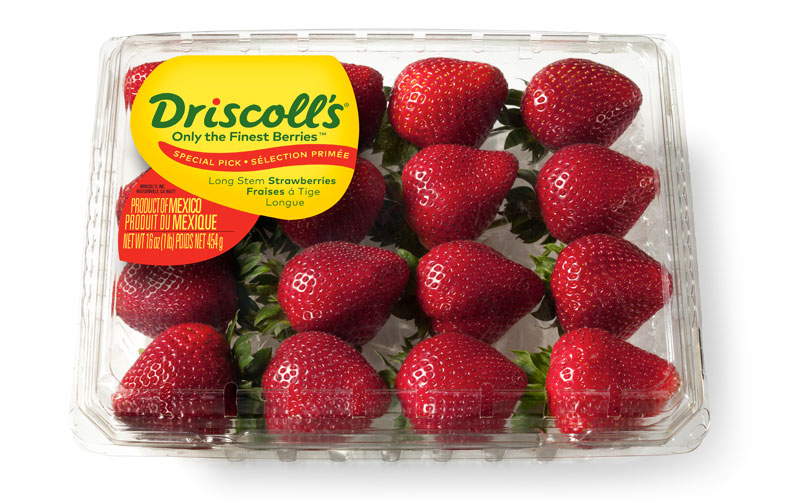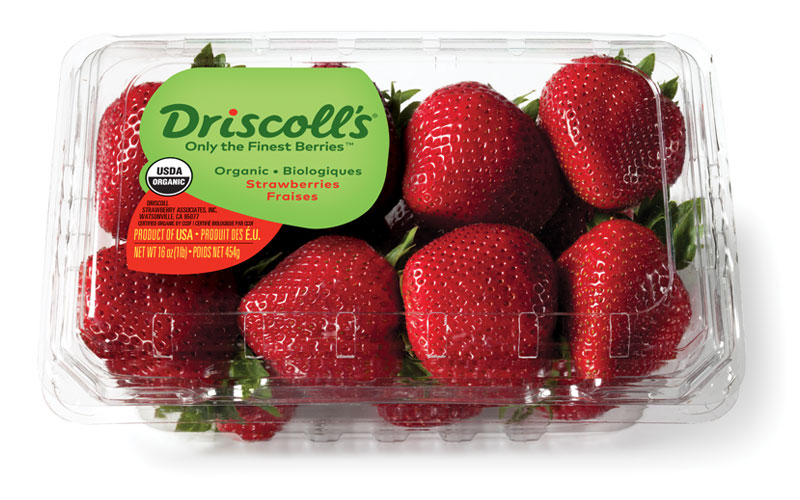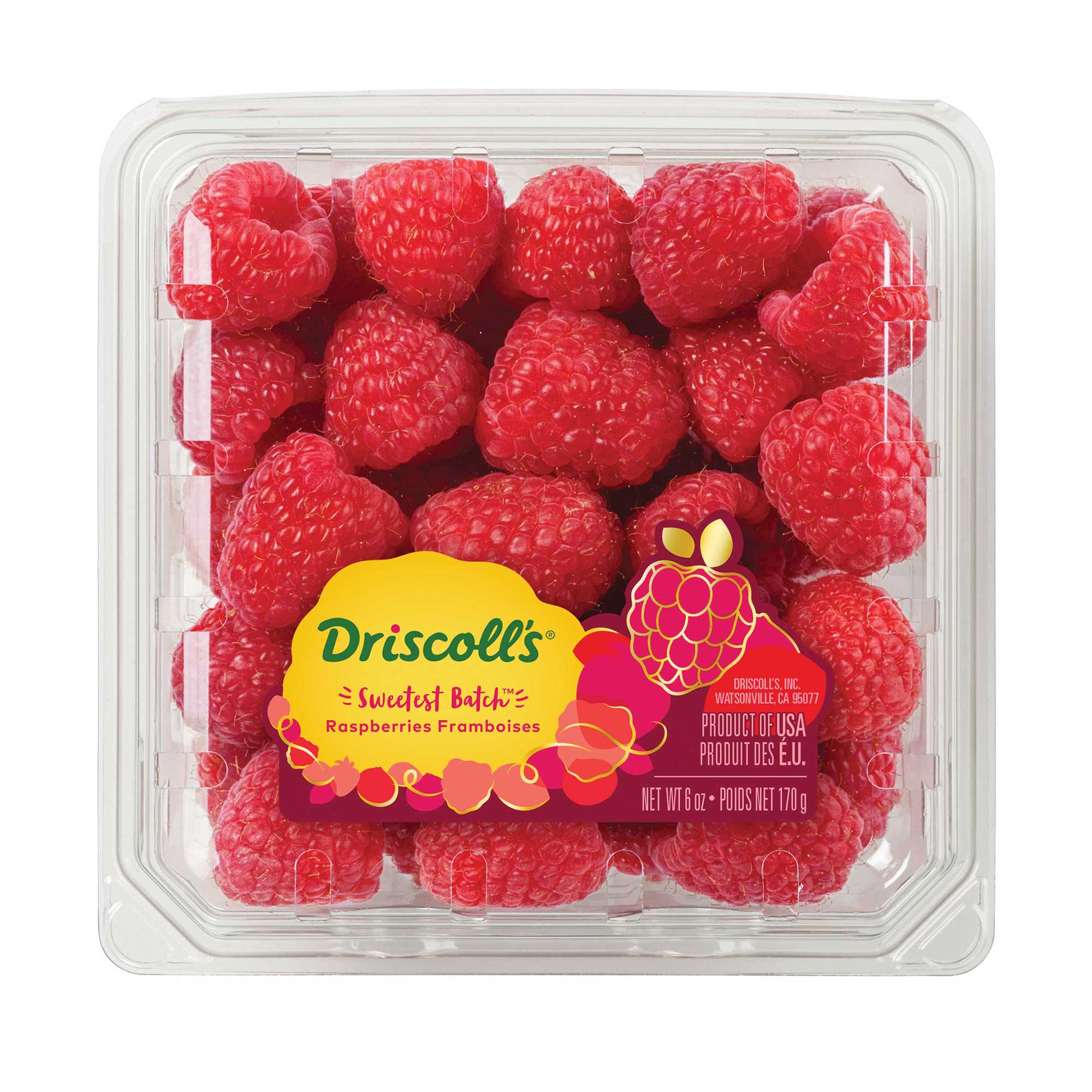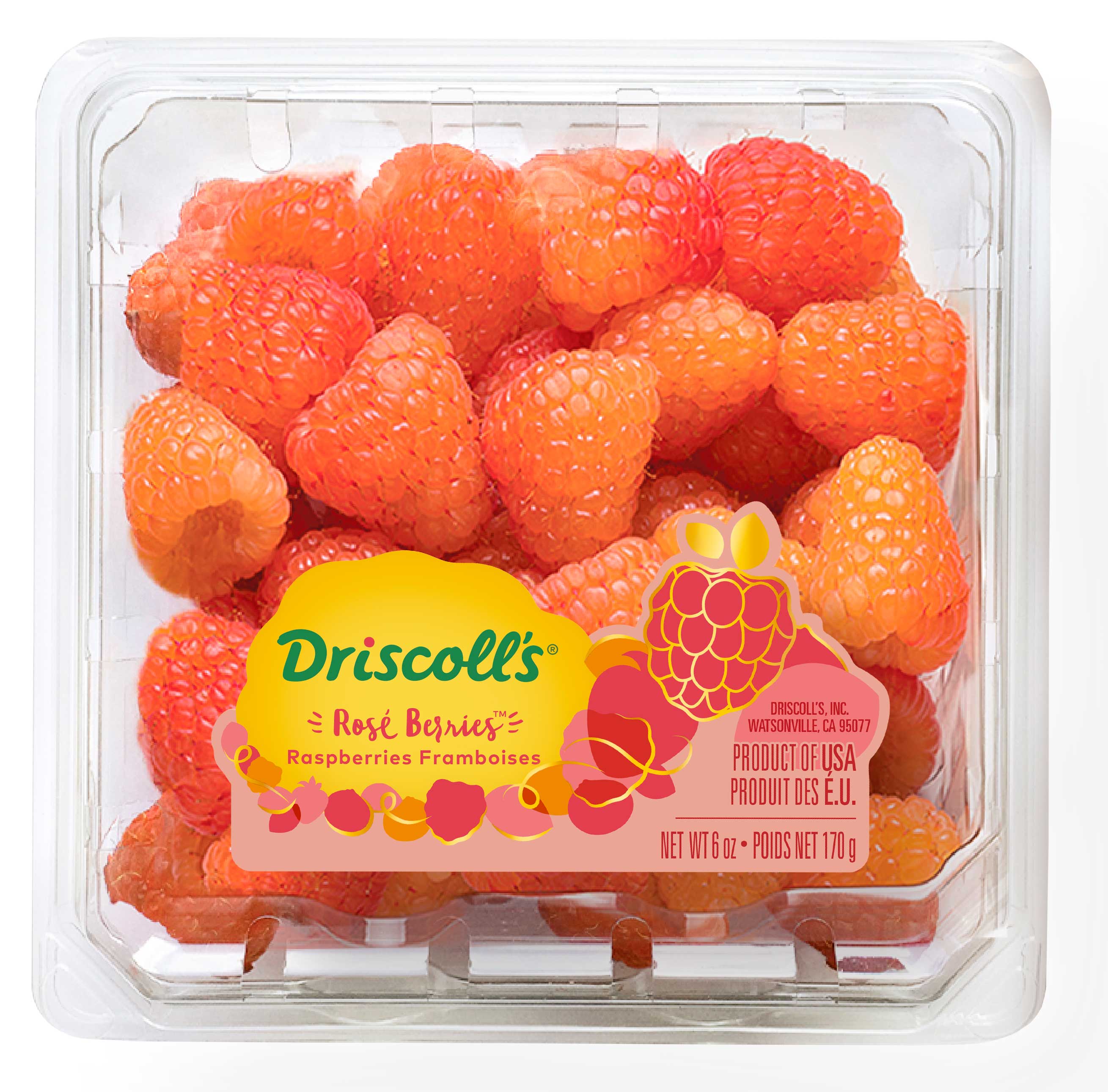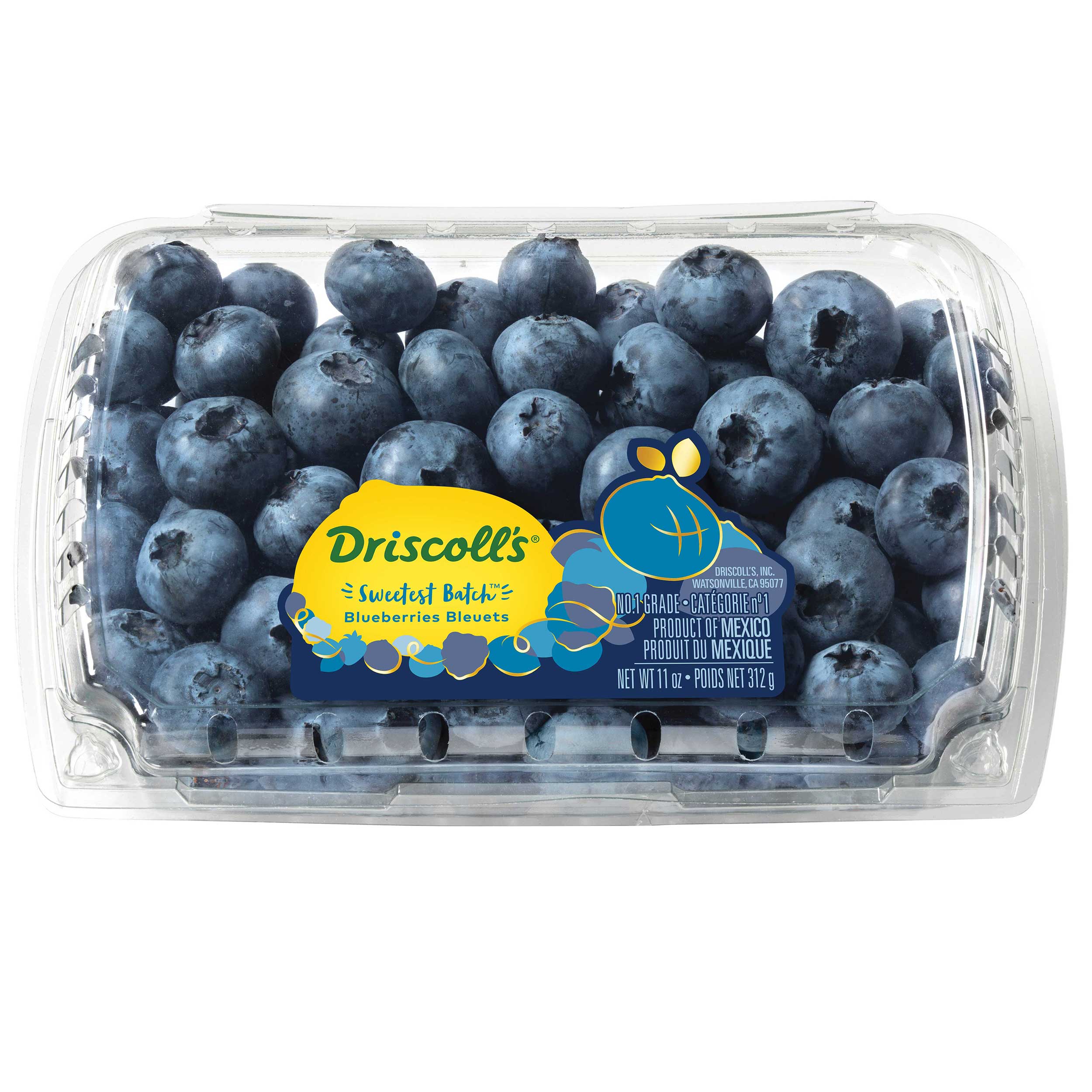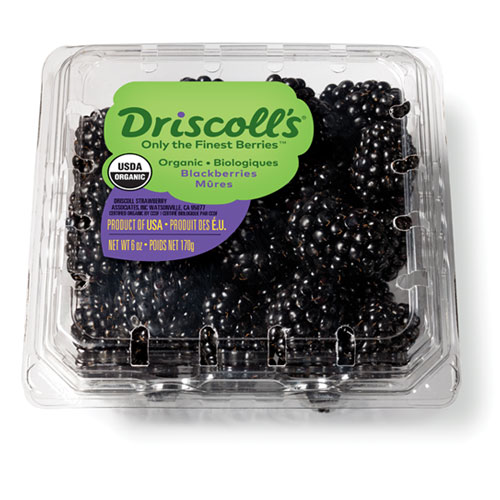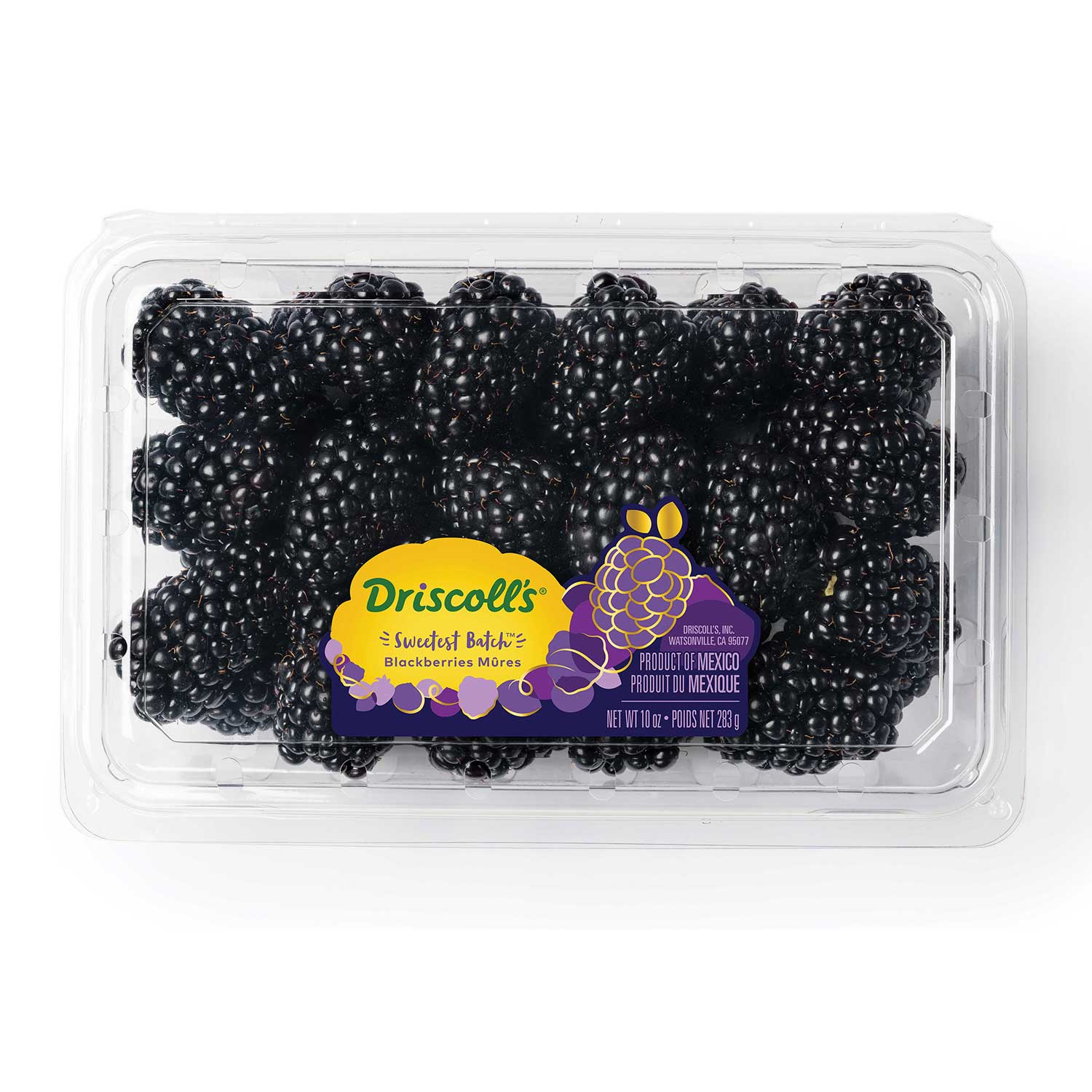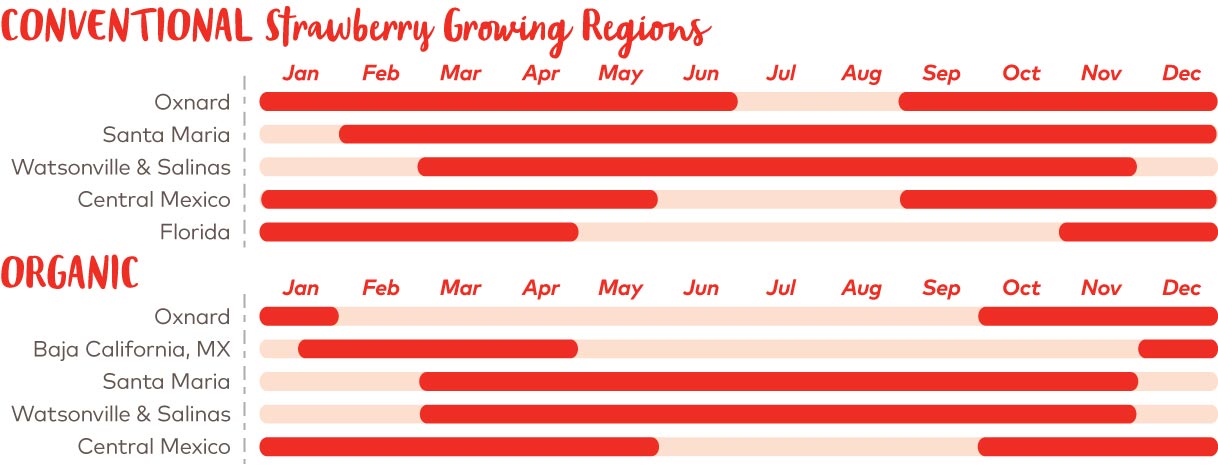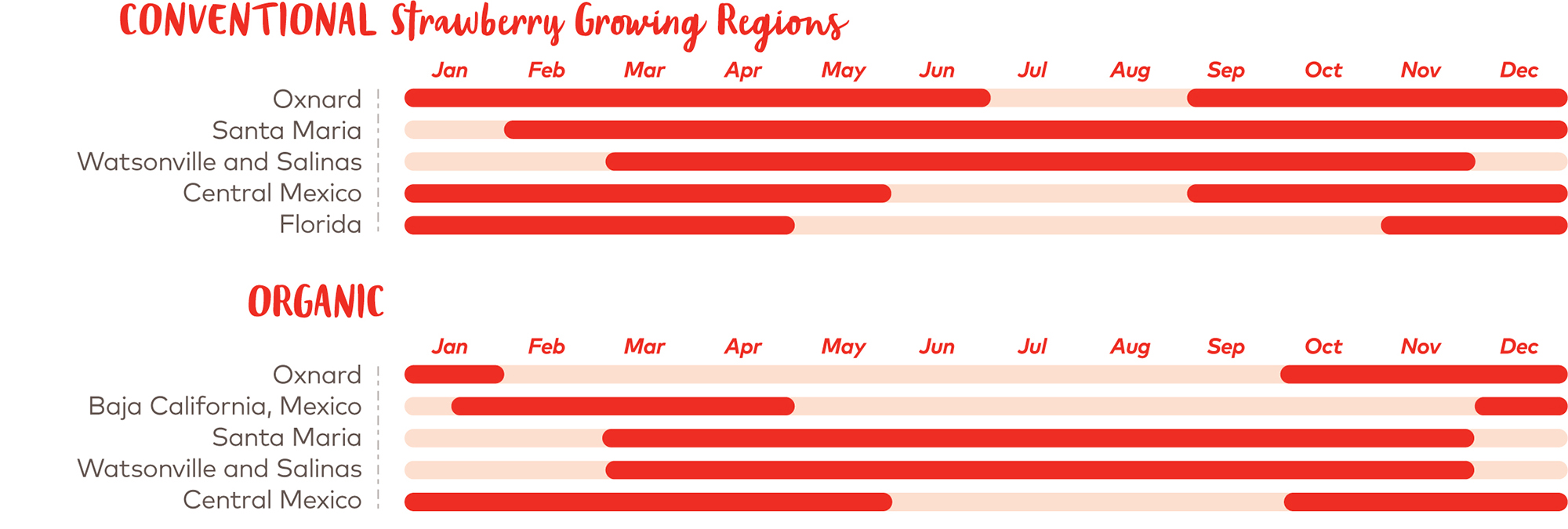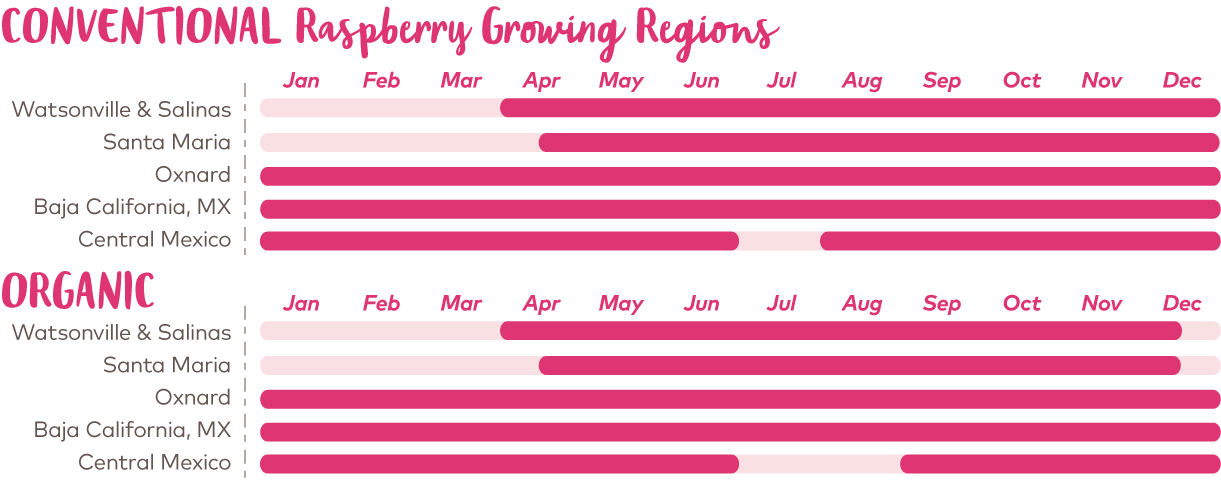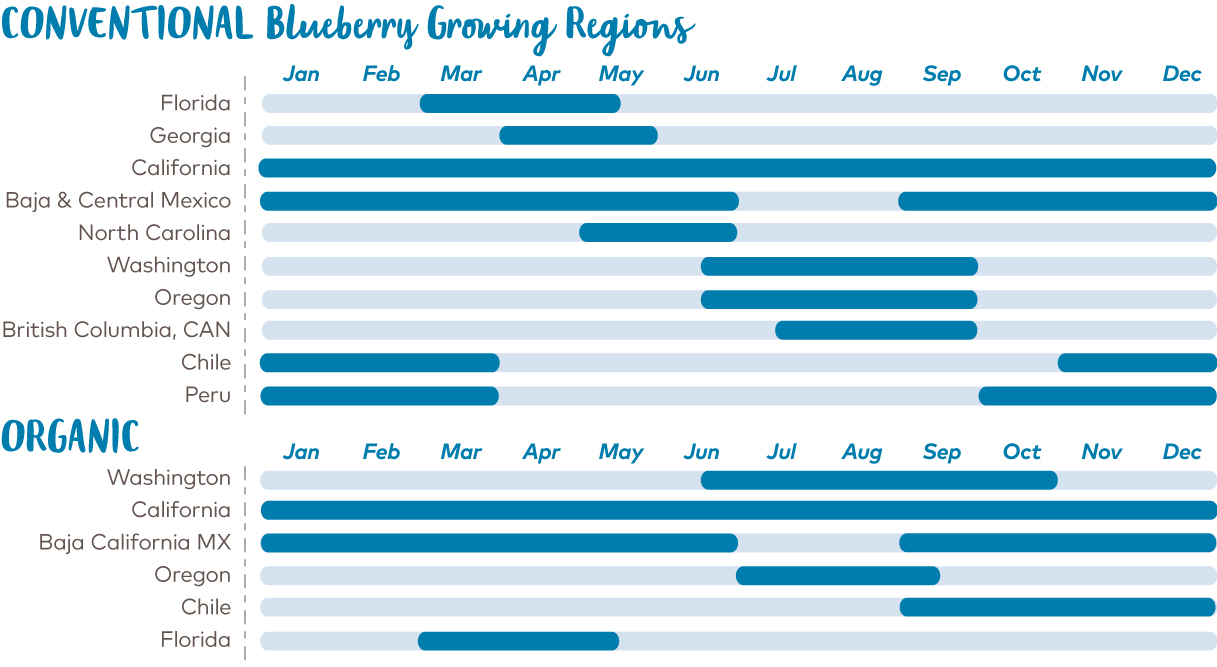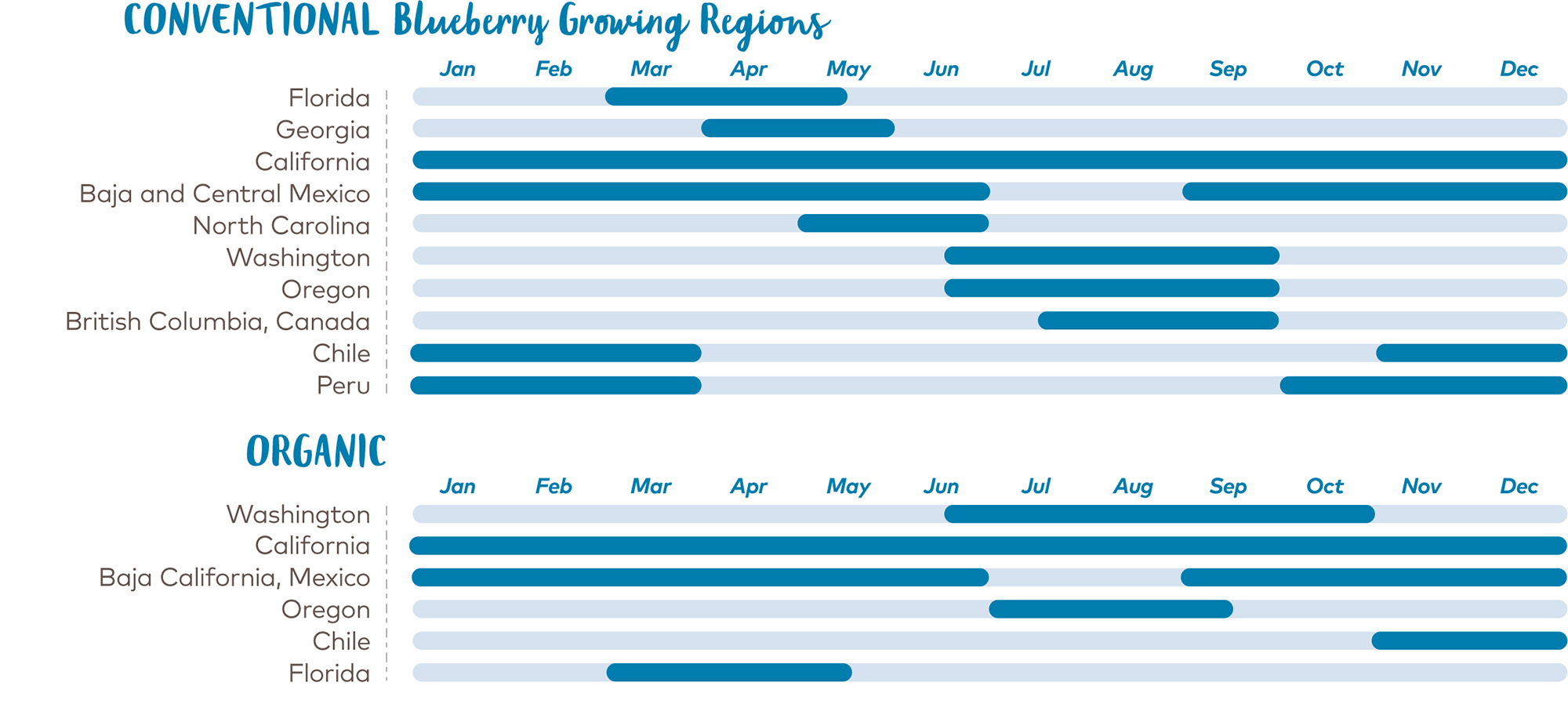Pick Your Favorite & Learn More

Strawberries
Nothing says summer like biting into an amazingly sweet and fresh strawberry. Driscoll’s strawberries can transport you to sunny days of picnics, parties and family gatherings. They’re the perfect addition to a smoothie, topping on a fresh strawberry short cake, or snack right from the bowl. For more than 100 years, our berries have been a delicious treat any time of the day…and any month of the year.
Discover StrawberriesWhy do strawberries mold so fast?
If not stored properly in their original container, strawberries will mold quickly. In order to prolong the shelf life of your strawberries, follow our Care & Handling Guidelines:
- Try to keep your strawberries as dry as possible.
- Refrigerate strawberries in their original package between 32° and 34°F.
- Rinse strawberries gently with cool water just before you’re ready to eat them.
- To enhance their natural flavors, let strawberries reach room temperature before serving.
Where do Driscoll’s strawberries come from?
Driscoll's strawberries are grown in the United States and Mexico, depending on the time of year. California is the largest growing region for Driscoll's strawberries. Check out the strawberry availability calendar to find out more about the locations where Driscoll's strawberries are grown.
Are strawberries GMO?
All Driscoll's berries, both conventional and organic, are non-GMO. Driscoll's Research and Development department is the industry leader in the development of premium berry plants that utilize only proven natural and traditional breeding processes.

Raspberries
Deliciously sweet, Driscoll’s raspberries are flavorful bundles of joy. Our raspberries come in several varieties – classic red, sunshine and even golden. Create a raspberry salsa or vinaigrette for your favorite summer salad to share with your family and friends. Raspberries are the perfect addition to a parfait or pie and a flavorful boost to any beverage. The best way to eat Driscoll’s raspberries? Right out of your hand.
Discover RaspberriesWhy do raspberries have hair?
The little hairs on the raspberry are called styles. They help protect the berry from damage and are completely safe to eat!
How do I keep my raspberries fresh?
In order to keep Driscoll’s raspberries fresh, we recommend following our Care & Handling Guidelines:
- Try to keep your raspberries as dry as possible.
- Refrigerate raspberries in their original package between 32° and 34°F.
- Rinse raspberries gently with cool water just before you’re ready to eat them.
- To enhance their natural flavors, let raspberries reach room temperature before serving.
Where are Driscoll’s raspberries grown?
Driscoll’s raspberries are grown in California and Mexico.

Blueberries
These little gems are sweet, juicy and plump – perfect for a midday snack! Bake them in pancakes and muffins or eat them right from the bowl. For a refreshing treat, try blueberry coconut popsicles. They make meals and moments so much sweeter all year round!
Discover BlueberriesHow do blueberries grow?
Blueberries are grown as long-lived perennial bushes, meaning they grow and produce for many years much like an apple tree or a grape vine. Driscoll’s blueberries are grown all around the world by talented growers who combine traditional farming skills, innovative production practices and the best varieties available.
What is the white stuff on blueberries?
The white haze on blueberries is called bloom and is a sign that your blueberries are fresh! Bloom acts as a barrier against insects, bacteria, and the sun. It helps to seal in the fruit's moisture. Keep in mind that the more you handle a blueberry, the more the bloom will fade.
Are Driscoll’s blueberries GMO?
All Driscoll's blueberries are non-GMO. Driscoll's Research and Development team uses a traditional technique called cross-pollination, where they choose two parent blueberry plants to cross together. They take pollen from one parent and manually transfer it to the flower of a second. It takes thousands of cross-pollination tests to find a new variety that is truly special.

Blackberries
Sweet, juicy, and delicious! Driscoll's Blackberries are perfect for a snack, on top of a luscious treat, or baked into a warm and crumbly cobbler. These versatile blackberries pair great with your morning meal or a nutritious salad. Only Driscoll’s offers these unique blackberries, perfectly sun-ripened to deliver a satisfying and sweet flavor! Taste the joy year round with Driscoll’s Blackberries.
Discover BlackberriesWhy do blackberries have hairs?
The little hairs on the blackberry are called styles. Styles help protect the blackberry from damage, and are completely edible.
How do I store blackberries?
Follow these four steps to store your blackberries and keep them plump and juicy:
- Try to keep your blackberries as dry as possible.
- Refrigerate blackberries in their original package between 32° and 34°F.
- Rinse blackberries gently with cool water just before you’re ready to eat them.
- To enhance their natural flavors, let blackberries reach room temperature before serving.
Are Driscoll’s blackberries GMO?
Driscoll's blackberries are non-GMO. Driscoll's Research and Development department is the industry leader in the development of premium berry plants that utilize only proven natural and traditional breeding processes.
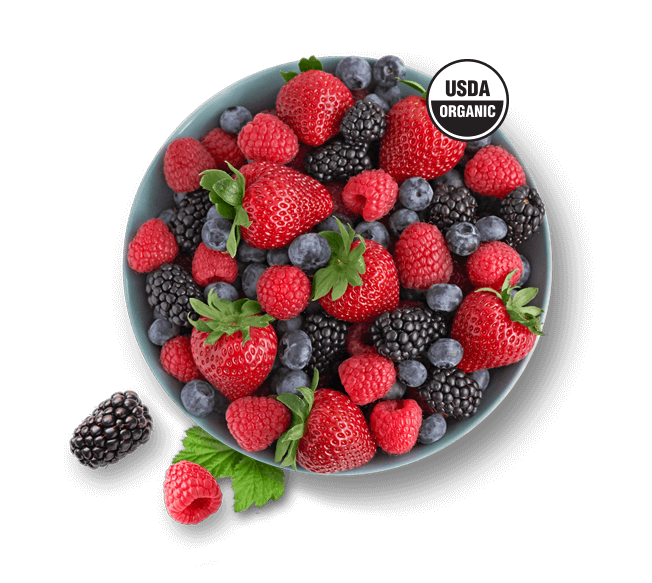
Organic
We are passionate about growing berries that delight you and nurture farm land for generations to come. Driscoll’s offers 100% certified organic berries in partnership with our independent organic farmers on USDA certified organic farms.
Discover Organic BerriesWhat makes berries organic?
Are non organic berries safe?
Yes, all of Driscoll’s organic and non-organic berries are safe to consume. We work closely with our independent growers to find new and innovative farming practices. Some of the tools in our organic farmers’ toolkits include crop rotation, beneficial insect management and the use of cover crops and compost.
Where can I buy organic berries?
Driscoll’s sells organic berries throughout the US and Mexico. Contact your local retailer to learn more where Driscoll’s organic berries are currently being sold.
Explore our Products
Pick a Berry
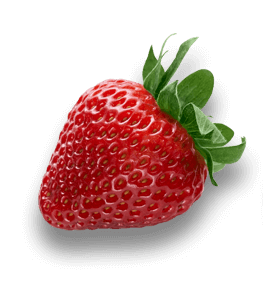

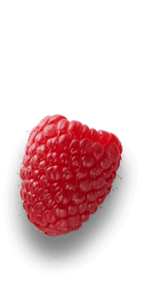

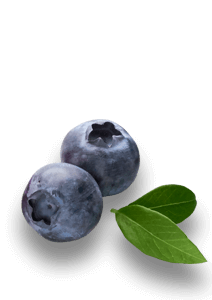

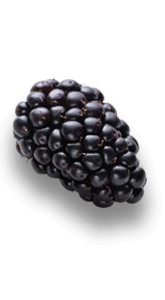

Share the Joy With Driscoll's
Availability & Growing Regions
- Strawberries
- Raspberries
- Blueberries
- Blackberries
